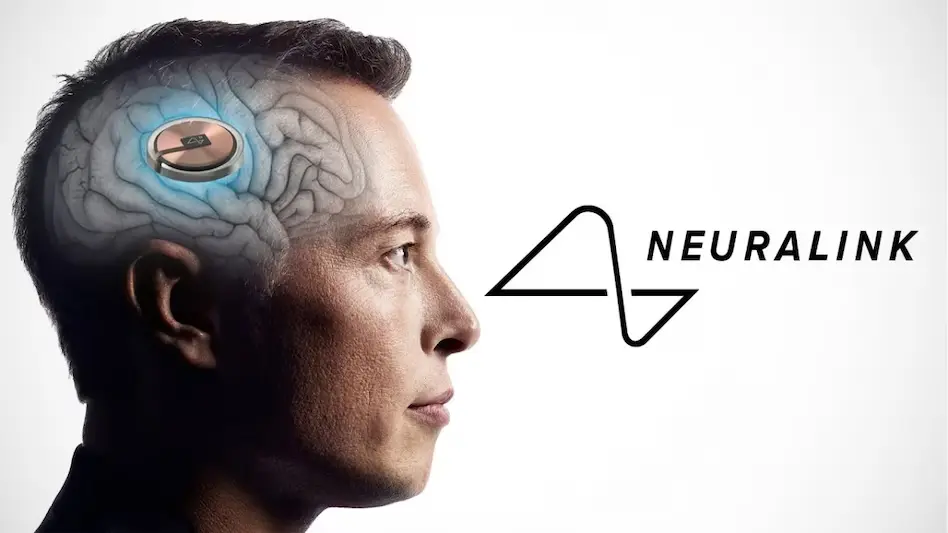Neuralink, Elon Musk’s brain-computer interface startup, has encountered a significant challenge in its pioneering journey to integrate advanced technology with the human brain. The company’s first human test subject, Noland Arbaugh—a quadriplegic since 2016—experienced complications when some of the chip’s connective threads retracted from his brain shortly after implantation in January. This incident occurred during the PRIME Study, which Neuralink launched to evaluate the safety and effectiveness of this groundbreaking technology.
Despite the unexpected setback, Neuralink demonstrated its resilience by promptly enhancing the implant’s sensitivity, thereby rectifying the issue and improving the system’s functionality. The PRIME Study, a testament to Neuralink’s commitment to innovation, involves surgically implanting chips into the brain’s movement control area to record and transmit brain signals. It allows participants to control external devices such as computers with their thoughts alone. Impressively, within just a month of the surgery, Arbaugh could control a computer mouse using his mind, showcasing the potentially life-changing impact of Neuralink’s technology.
Neuralink’s broader vision is transformative—aiming to enable individuals with paralysis or other physical disabilities to regain mobility and communication abilities through direct brain-to-computer interfaces. The ultimate goal is to develop devices that could restore function and enhance lives through what Musk has referred to as “Telepathy”—a product designed to help individuals communicate effortlessly through thought alone. This vision holds the potential to revolutionize the lives of millions, offering a glimmer of hope for those who have longed for such advancements.
However, the path to commercial availability has regulatory and technical hurdles. Neuralink has secured FDA approval for trial phases. However, the recent complications highlight the critical need for extensive testing and refinement to ensure safety and reliability before public release.
As Neuralink continues to innovate and navigate these challenges, the potential for merging human cognition with machine intelligence holds promising possibilities for transforming the capabilities of individuals with disabilities worldwide.



